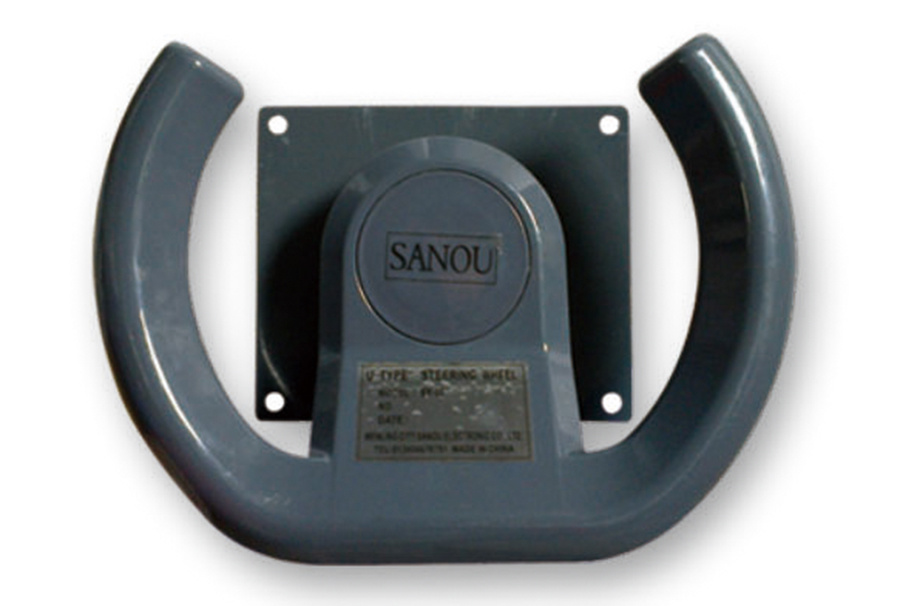News Center
Understanding the Magnetic Compass Heading Circle: A Key Component in Navigation
At its core, the magnetic compass consists of a magnetized needle that aligns itself with the Earth's magnetic field. The heading circle, often marked with degrees from 0° to 360°, allows users to read their direction easily. This alignment is not just a matter of pointing north; it provides crucial information for navigation, especially when traversing unfamiliar terrain or during adverse weather conditions where visibility may be limited.
In the context of electronic components, the role of inductors and coils becomes relevant. Inductors, which store energy in a magnetic field, are often utilized in various electronic circuits, including those found in navigational equipment. The design and efficiency of these components can significantly influence the performance of devices that rely on precision, such as compasses and other direction-finding instruments.
The interaction between a magnetic compass heading circle and electronic components like inductors is fascinating. Inductors can be designed to minimize interference and enhance the accuracy of the compass readings. When incorporated into electronic navigation systems, these inductors can help filter out unwanted frequencies and ensure that the compass provides reliable data.
In practical applications, the magnetic compass heading circle is often used alongside GPS technology. While GPS offers precise location data, the magnetic compass provides an essential backup, particularly in situations where electronic signals may be compromised. Understanding how these two systems complement each other can significantly enhance navigational accuracy and safety.
Moreover, advancements in technology continue to improve the functionality of magnetic compasses. Modern versions often incorporate digital displays and can integrate with other navigational tools. Regardless of the technology used, the fundamental principles of the magnetic compass heading circle remain unchanged.
In conclusion, the magnetic compass heading circle is a vital instrument for navigation, offering a simple yet effective means of determining direction. Its relationship with electronic components, particularly inductors, highlights the importance of understanding both mechanical and electronic aspects of navigation. For anyone interested in navigation—whether for professional or recreational purposes—familiarity with this essential tool is invaluable. By deepening your knowledge of the magnetic compass and its components, you can enhance your navigational skills and ensure safer journeys.
Related News
Why the Aicom 304 Microphone is a Game Changer for Content Creators
Why the Aicom 304 Microphone is a Game Changer for Content Creators In the ever-evolving landscape of digital content creation, the importance of high-quality audio cannot be overstated. As a content creator, whether you're a podcaster, streamer, or YouTube enthusiast, the tools you use directly impact the quality of your work. Among the multitude of options available, the Aicom 304 Microphone sta
Unlocking the Potential of the Hua Xun M2000 Microphone: A Comprehensive Guide for Professionals
The Hua Xun M2000 microphone is a noteworthy choice for professionals in various fields, especially for those in content creation, broadcasting, and conferencing. Its design and functionality cater to the demands of high-fidelity audio capture while ensuring user-friendly operation. In this article, we will explore the technical attributes and advantages of the Hua Xun M2000 microphone, providing
Large Bakelite Steering Wheels: The Overlooked Component in Gear Mechanisms
Large Bakelite Steering Wheels: The Overlooked Component in Gear Mechanisms Table of Contents 1. Introduction to Bakelite Steering Wheels 2. A Brief History of Bakelite in Industrial Applications 3. The Functional Role of Large Bakelite Steering Wheels 4. Benefits of Using Bakelite Steering Wheels in Gear Mechanisms 5. Applications of Large Bakelite Steering Wheels 6. Maintenance Tips




